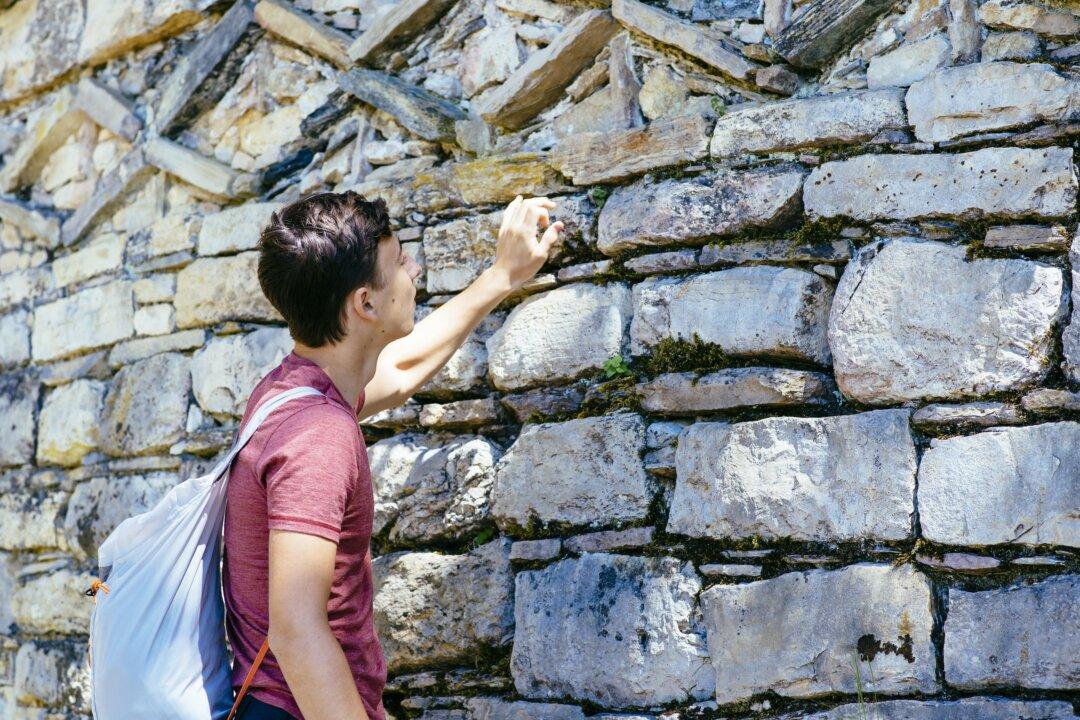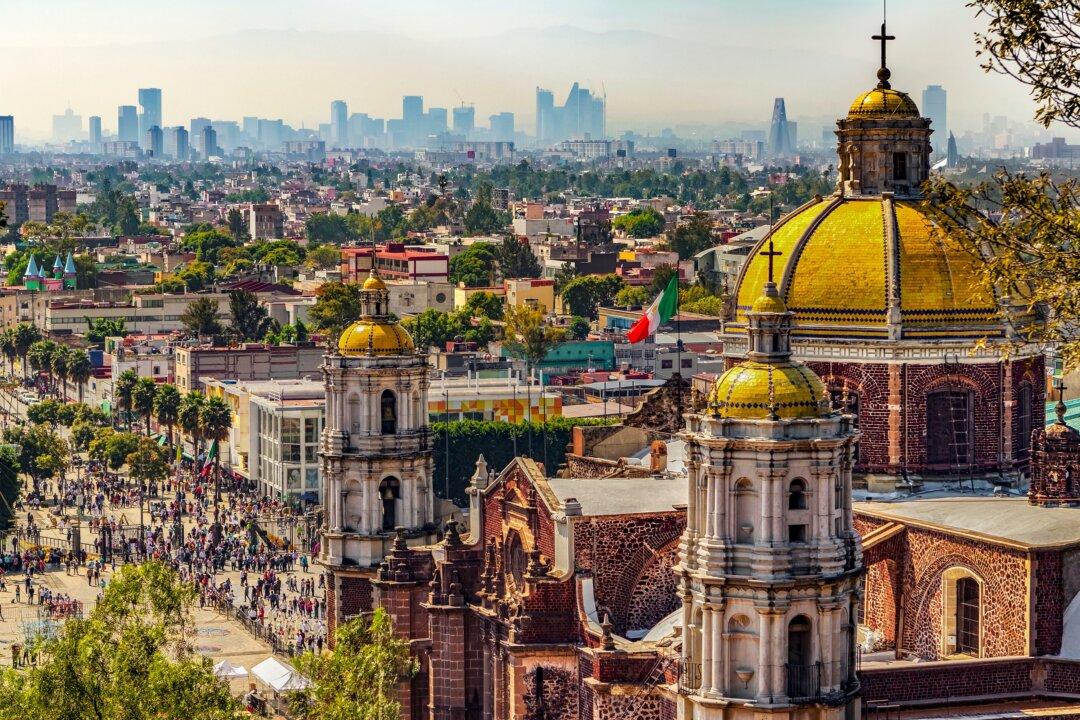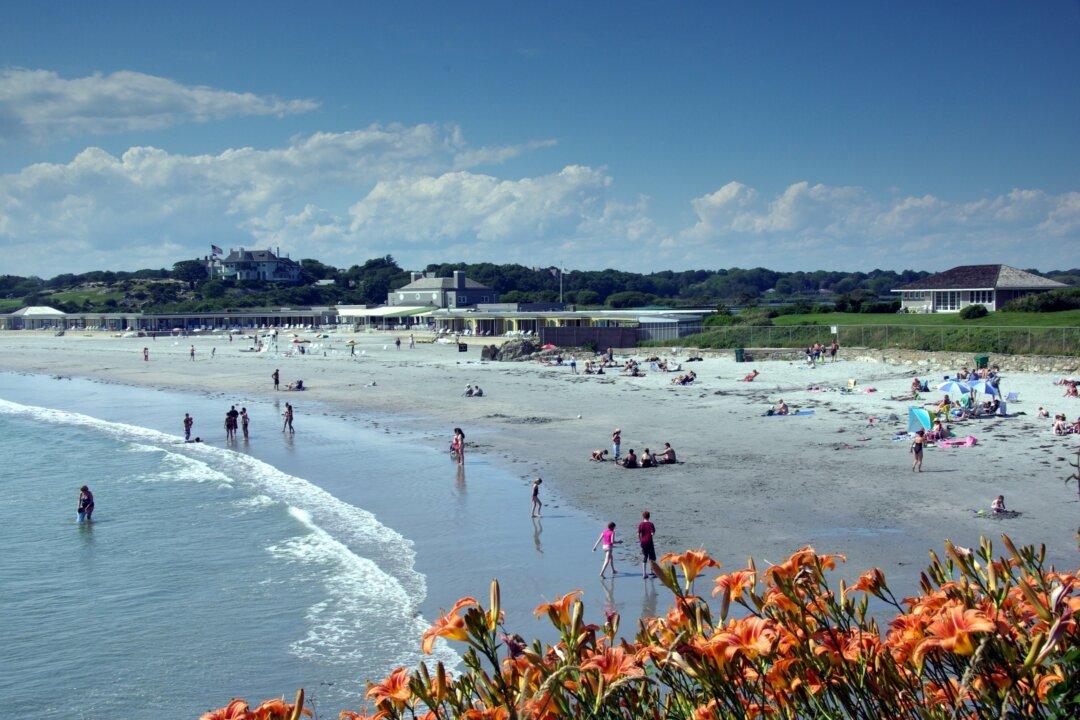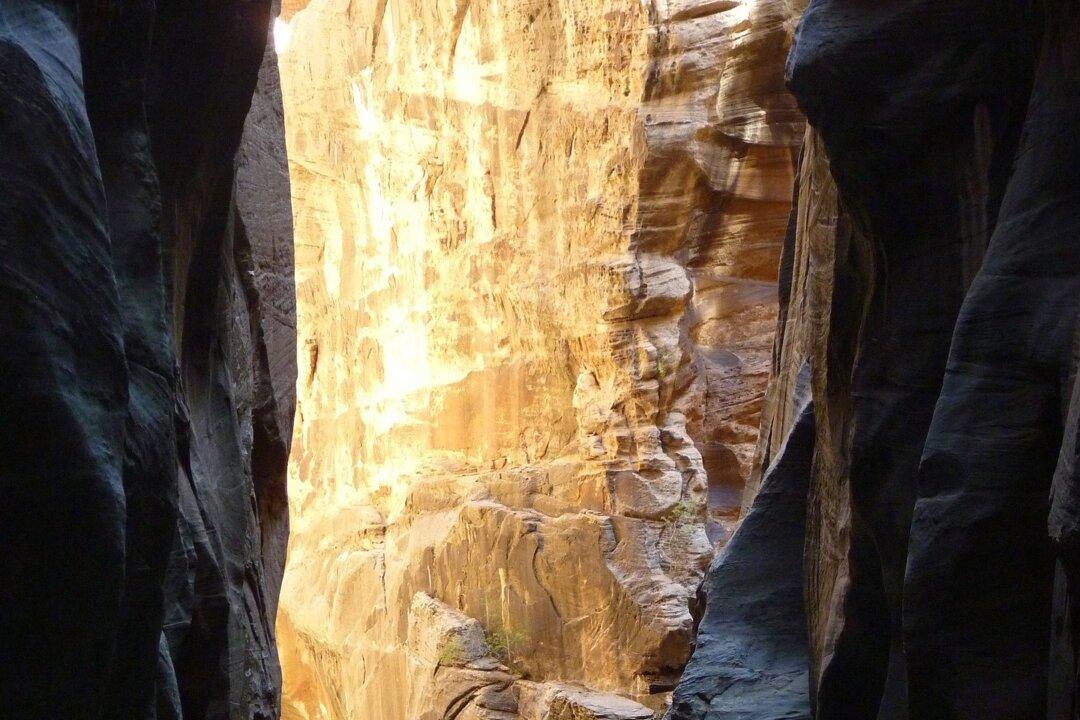By Guest Author James Sullivan
Checking Out Kuelap Fortress
If history is something that piques your interest, you can’t go wrong with checking out Kuelap Fortress. It was built in the 6th Century AD and is an ancient walled city that the Chachapoya people created to defend against the nearby threat, such as the Huari. More than 5,000 people lived in this small city, and it was a place for religion, craft production, and other social aspects.
Famous view of Lost city Kuelap, Peru Ludmila Ruzickova/Shutterstock





